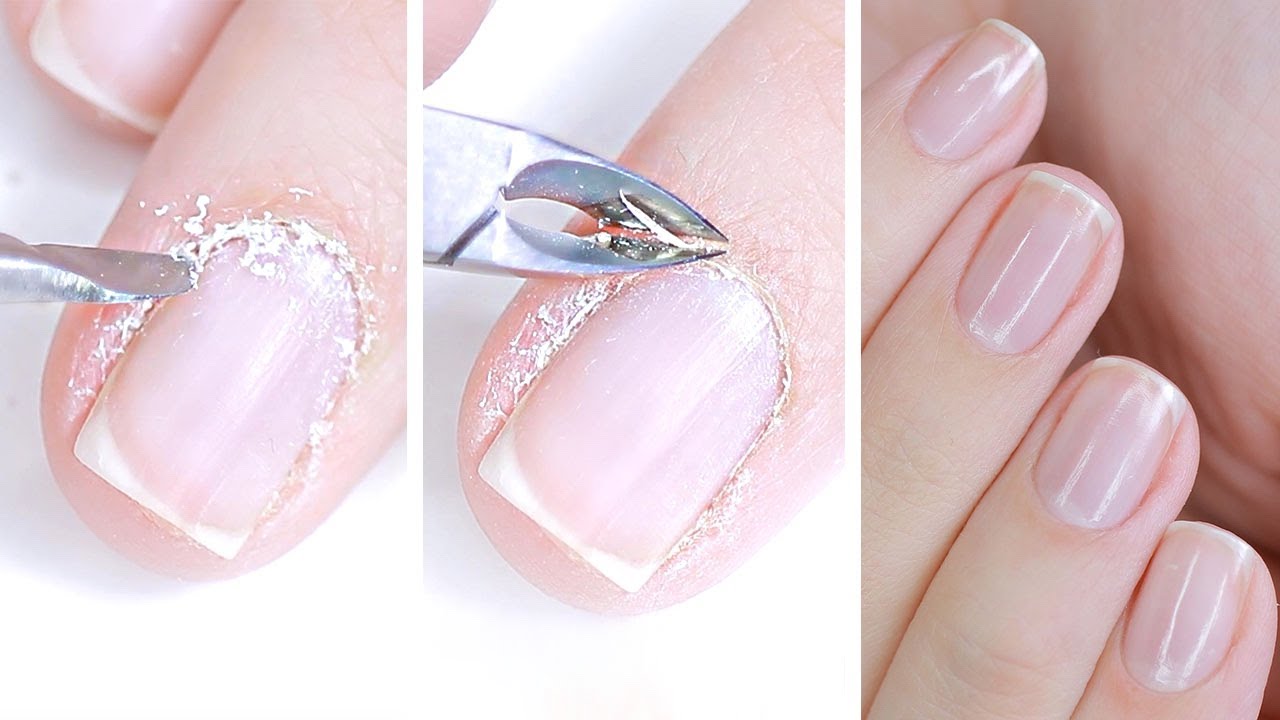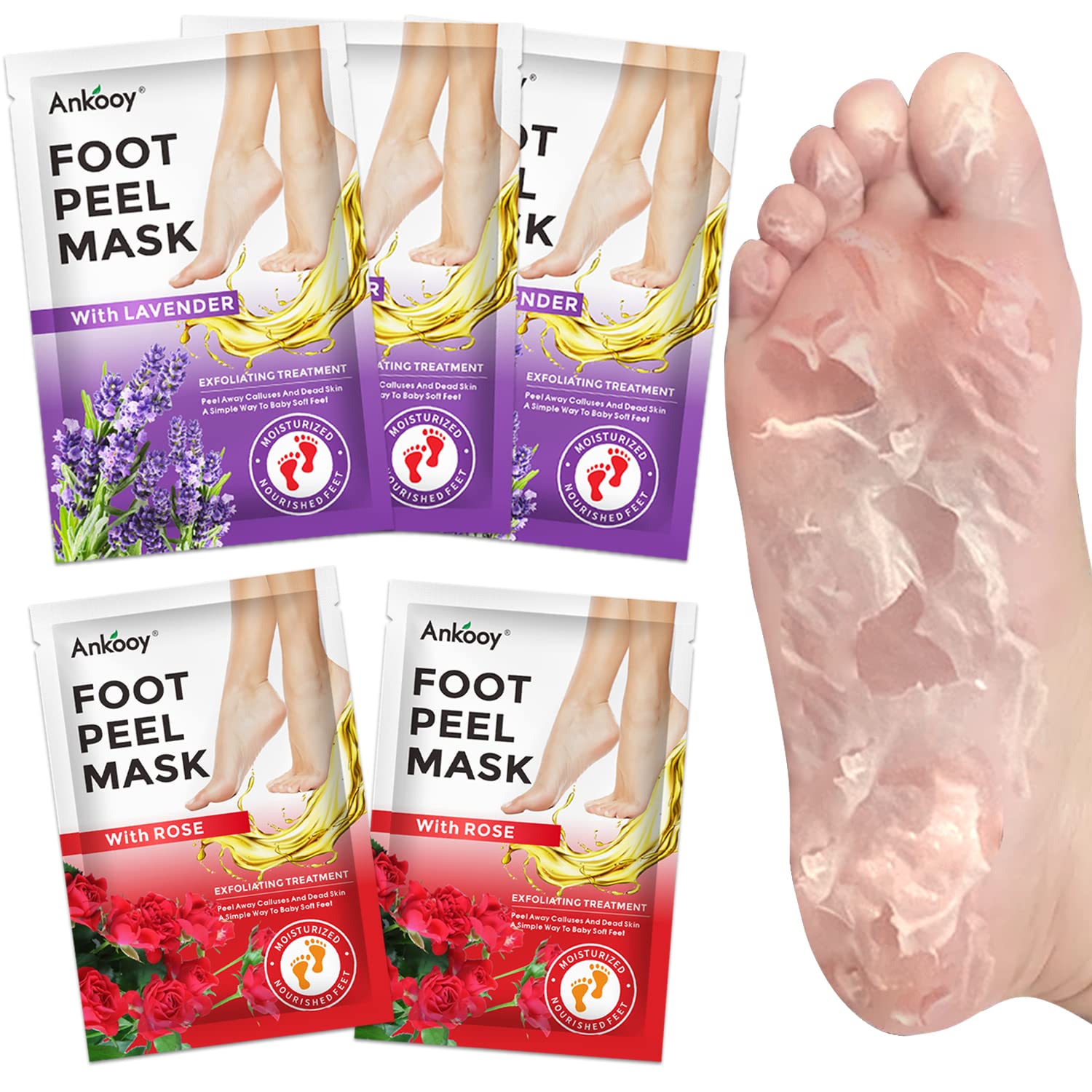
11 Tips for an Easy At-Home Pedicure, According to Nail Pros
No salon trip is required with these tips for doing a pedicure at home. Taking matters into your own hands and doing your pedicure at home can save money and time—and, with the right tips and tricks, can be just as successful and relaxing as a trip to the salon.
Essential Supplies for a Pedicure at Home
A few essential items you’ll need for an at-home pedicure include:
- Foot file or pumice
- Clean towels
- Nail file
- Nail clippers
- Orange stick
- Moisturizing lotion
- Cuticle oil
- Nail polish
- Base coat
- Top coat
- Nail polish remover
If you want to have a truly deluxe experience, splurge on a foot mask or Epsom salts, a dedicated foot bath, toe separators, and of course, anything you need to make it spa-like (like fancy spa water spiked with cucumber and mint, or a favorite scented candle).
01 of 11: Dry Nails Completely
Soaking your feet is a good way to soften dry skin and cuticles, but be sure to allow enough time between that step and the polishing portion of the pedi. When water seeps into the nail bed, it expands, explains Rachel Glass of GLOSSLAB.
 Dry nails completely before polishing
Dry nails completely before polishing
02 of 11: Try a Foot Peel
Per the previous point, if you don’t want to or don’t have time to soak and slough your heels, a foot peel makes for a great substitute with minimal elbow grease required. Celebrity manicurist Mar y Sol Inzerillo recommends using one that takes a few days to yield results, like Patchology PoshPeel Pedi Cure Intensive Foot Peel Treatment (ulta.com).
 Try a foot peel for an easy at-home pedicure
Try a foot peel for an easy at-home pedicure
03 of 11: Remove Oils or Moisturizers
In addition to removing old nail polish, you’ll want to ensure your nails are free of oils and moisturizers. A quick swab of nail polish remover, rubbing alcohol, or even just a dry paper towel can help remove any excess cuticle oil. This helps the nail polish cling to your nails better.
04 of 11: Start With the Big Toe
Starting with the big toe allows enough time for it to dry while you paint the other toes, minimizing the risk of smudging or smearing when you apply the next coat of polish or top coat, Inzerillo points out.
05 of 11: Complete One Foot at a Time
On the flip side, you also don’t want the polish to get too dry in between coats, as that can lead to a streaky, clumpy finish. Rather than alternating between your feet, do one foot at a time, applying a base coat, two coats of color, and a top coat, before moving on to the next one.
06 of 11: Use Thinner Layers of Polish
According to Glass, using very thin coats of polish is the secret to avoiding clumps. “A few thin coats are better than one thick one,” Glass notes. Your polish brush should be coated, not drenched; wipe it off on the inside of the bottle to remove any excess, Glass suggests.
07 of 11: Apply a Base Coat
It’s a good idea to apply a base coat before painting the nails to help the polish last longer. A base coat encourages polish to stick to your nail and prevents chipping or peeling. It also acts as a barrier to protect your natural nail from potential damage.
08 of 11: Remember a Top Coat
A clear top coat will help reduce the chances that your at-home pedicure starts chipping. You can reapply the top coat every few days for added durability and help your pedicure look beach-ready for much longer. Plus, a nice top coat gives nails a glossy sheen.
09 of 11: Make Pedicures a Nighttime Treat
Putting on socks and shoes or even just walking around too soon after you polish your nails can be a recipe for immediate smudges and smears. That’s why Glass recommends doing at-home pedicures in the early evening. Do your pedicure while you’re winding down and watching TV before bed, as you’re already going to be staying put and won’t be tempted to walk around, Glass says.
10 of 11: Finish With Cuticle Oil
If you do need to put on socks and shoes before your toes are completely dry, slather them up with cuticle oil (try Nailtopia Renewing Kiwi Oil, ulta.com) and cover them with a piece of plastic wrap. The cuticle oil offers a layer of protection between the polish and the plastic, helping to ward off smears.
11 of 11: Remove Excess Nail Polish
Try this trick for easily removing excess polish that landed outside the nail or on cuticles. Wait until your polish is completely dry, slather your feet in lotion, and wear a pair of heavy socks. The excess polish will simply slough off, thanks to the socks.
Four Easy Tips to Ensure Your Plants Stay Hydrated While You’re on Holiday
No one wants to come back from a holiday to find their plants wilting. But there are simple steps you can take to ensure that they stay hydrated while you are away.
Wine Not?
To keep potted outdoor plants thriving while you take a break, all you need is a clean, empty wine bottle. Water the potted plant first then fill up the bottle from the tap. Place your thumb over the top like a stopper then turn the bottle upside down and bury it top-first in the soil, around three to four inches deep.
String ‘Em Along:
A length of thick, natural string or a narrow strip of cotton fabric is a method that works for both indoor and outdoor plants in pots. Place one end of the string inside a jug until the end touches the bottom. Poke the other end into the soil right by your plant, pushing it down to around three inches.
Pot Luck:
If you have a thirsty plant that you want to keep watered, all you need is a small terracotta pot. Block its holes with some household putty then bury the pot up to its rim in the earth right next to a plant you want to stay watered. Fill the pot with water and cover it with a saucer. When the soil around the pot dries out, water will slowly seep through the porous terracotta and keep the earth damp.
Test the Best:
It’s best to try these methods before you go away, to check they all work as you want. Then you can head off on your hols, happy your plants will stay perky.
Clever And Realistic Ways To Save Money
Saving money in today’s economy might sound like a steep challenge, but with the right tips, it is achievable. Whether you need help diversifying your income, lowering your expenses, or increasing your savings, there are actionable ways to achieve your financial goals.
Track Your Expenses
The first step to saving more money is to know your spending habits. Track every dollar you spend throughout the month and categorize it based on the type of expense it is.
Create A Budget
It’s tough to avoid overspending without a proper budget in place. Hence, you must start budgeting your income to avoid overspending and increase your savings.
Cut Out Unnecessary Spending
Avoid wasting money on products or services that don’t provide any or much value to your day-to-day life.
Set Goals For Yourself
Finding motivation or tracking your progress through your money-saving journey can be tricky without specifying your goals. That’s why it’s crucial to know your short- and long-term financial goals.
Set Up An Automatic Savings Account
To ensure you always remember to set aside money for your savings, automate transferring funds to your savings account.
Cancel Unnecessary Subscriptions
Make it a habit to regularly check your subscriptions and cancel the ones you haven’t used for the past few months.
Pay Off Your Debt As Soon As Possible
The longer you take to pay off your debt, the more money you will put in the banks’ pockets instead of your savings.
Save Any Unexpected Income
Your budget, which typically only uses your regular income, should already be enough to cover your needs and wants. So, whenever you come into unexpected income, such as cash gifts from friends or supplementary earnings from side hustles, consider allocating them to strengthen your savings.
Buy Generic Brands
More often than not, generic items at grocery stores are just as good as those from well-known brands.
Pack Your Lunch
Eating lunch out may be convenient, but it’s far from an economical choice.
Sell Anything You Don’t Need
Sell things you no longer need to declutter your home and earn extra cash.
Use Cash-Back Apps
Cash-back applications can help you save money, and many integrate automatically with your debit or credit cards.
Avoid Impulse Purchases
One of the biggest financial mistakes you can make is spending money on things or services you don’t want or need.
Reduce Your Household Bills
Household bills are unavoidable, but you can lower your monthly outlay like many other expenses.
Use The Cash Envelope Budgeting System
The cash envelope budgeting system is one of the best ways to avoid overspending and save more money.





